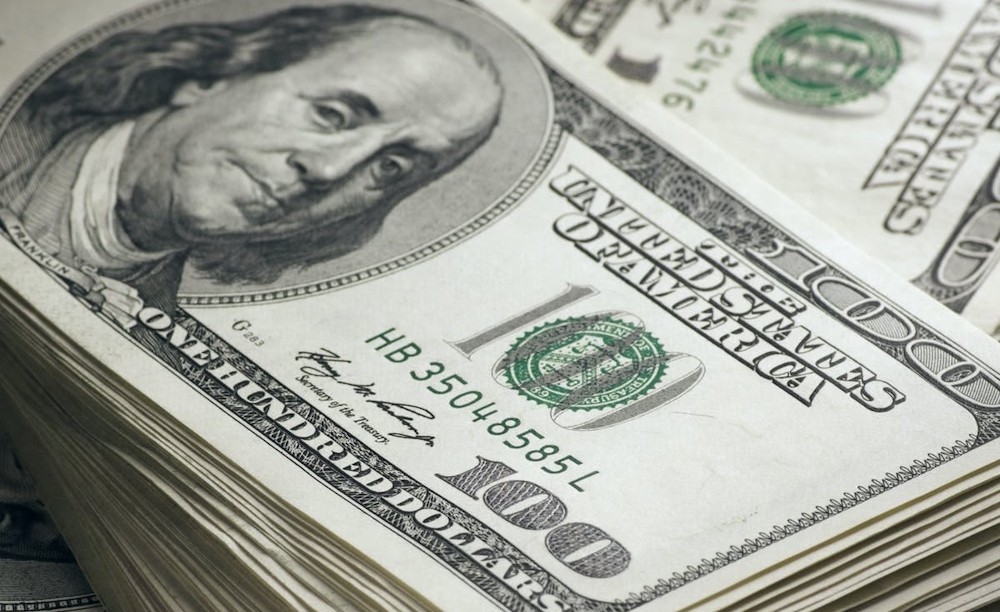
The U.S. dollar experienced an increase on Wednesday, recovering from its lowest point in almost a week, following Federal Reserve Chair Jerome Powell’s cautious remarks regarding further easing overnight. Nevertheless, markets continue to anticipate two additional rate cuts this year. The euro declined against the dollar following an unexpected drop in German business morale in September, as Ifo’s business climate index fell to 87.7 from 88.9 in August, reflecting a weak economic outlook.
It was last down 0.5% at $1.1751, yet remained relatively stable against other currencies, such as the pound and the Swiss franc, underscoring investor demand for the dollar. Sterling declined 0.4% to $1.3467, having lost 1% in value over the past week. It remained stable against the euro, at 87.265 pence. The current focus for markets is the anticipation of quarter-point rate cuts at the last two Fed meetings this year, along with another expected in the first quarter of 2026, consistent with the central bank’s guidance following last week’s meeting. This week’s U.S. data is set to capture attention, especially with Friday’s unveiling of the personal consumption expenditures price index, which plays a crucial role in influencing expectations regarding the Fed’s forthcoming policy decisions.
“We continue to perceive the balance of risks as leaning towards the downside for the dollar ahead of the core PCE release at the end of this week, with a 0.2% MoM print solidifying expectations for two Fed cuts this year. That is, unless the geopolitical picture in Europe deteriorates,” stated Francesco Pesole. He noted that fluctuations in the dollar were limited, as Powell essentially reaffirmed the cautious perspective he presented last week.
At that time, the dollar rebounded from its lowest point since early 2022 after the Fed’s policy announcement and Powell’s subsequent news conference, which did not meet the market’s more dovish expectations following a recent, significant decline in the labor market. Guy Miller, chief markets strategist at Zurich Insurance, indicated that the market’s attention is still on U.S. inflation, as any weak inflation or employment data might lead to a reassessment of the two rate cuts anticipated for year-end.
